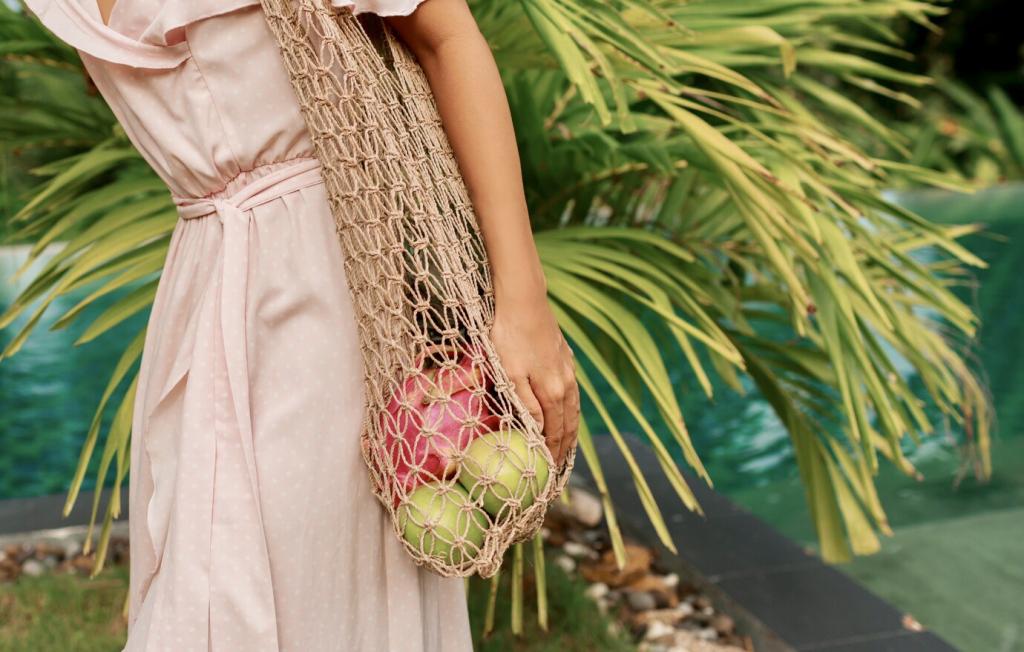Water, Energy, and Waste: Lowering Your Footprint
Harness sunlight with closed jars for slow, radiant extraction, or try cold-mordant methods for delicate fibers. These techniques sip energy instead of guzzling it, creating nuanced shades. Share your solar setup—windowsill, greenhouse, or balcony—and the colors you achieved.
Water, Energy, and Waste: Lowering Your Footprint
Collect rinse water, let solids settle, and reuse for preliminary rinses. Test pH with strips and neutralize with vinegar or washing soda as needed. Always follow local guidelines. Comment with your lab-like station hacks that keep things tidy and responsible.



